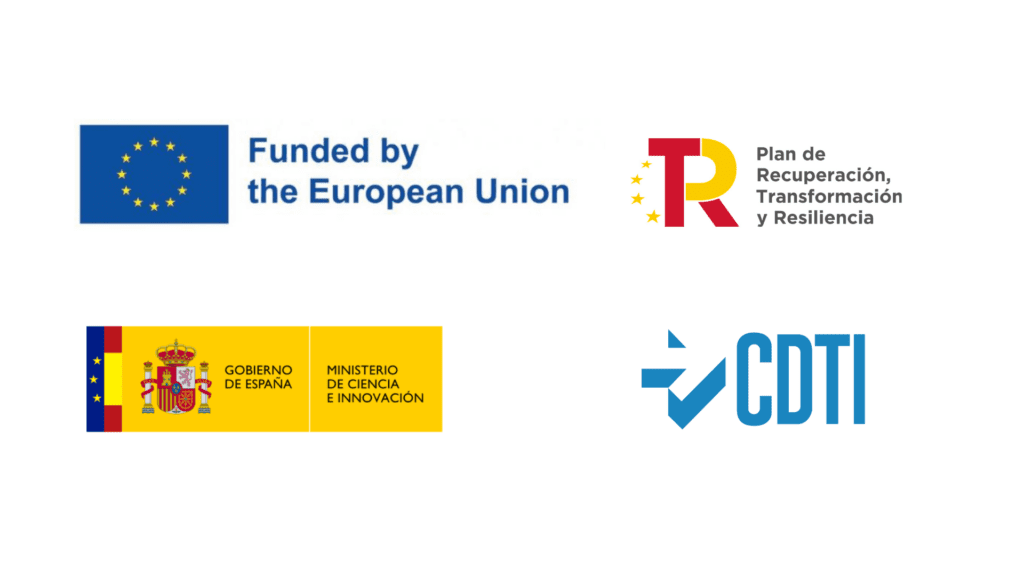In this blog post we will talk about neuroinflammation, what it is and what nutritional tools are available to improve this situation. Being an inflammation of the central nervous system (CNS), we will start by talking about what happens in the brain and what mechanisms are turned on.
Glial cells are a type of cell found in the nervous system and play several important roles in the functioning of the brain and spinal cord. When activated they produce inflammatory cytokines that result in alterations in cognition, mood and behavior, which are a hallmark of altered well-being. In addition, proinflammatory cytokines play a key role in depression and neurodegenerative diseases related to aging.
If there is excessive activity of these glial cells it will be a potential problem because it directly induces a dysregulated immune cascade in the brain.


What is neuroinflammation and why it appears
Neuroinflammation is an inflammatory response in the central nervous system. Inflammation in the brain and spinal cord may be associated with the activation of immune cells, such as glia cells, and the release of proinflammatory cytokines [1]. These responses may be protective and reparative in some cases, but may also contribute to pathology in other cases, especially when there is chronic or dysregulated inflammation.
Neuroinflammation has been implicated in a variety of neurological and degenerative disorders, including Alzheimer’s disease, Parkinson’s disease, multiple sclerosis, depression, and anxiety.
How we can reduce neuroinflammation
The maintenance of adequate dietary patterns should be an essential component of any strategy aimed at preventing neurological pathologies derived from systemic metabolic alterations [2].
To this end, there are some highly anti-neuroinflammatory nutrients that can help us to reverse this situation.
- Bioflavonoids: Flavonoids such as resveratrol, curcumin, quercetin or apigenin have demonstrated their effect as inflammation modulators [3]. Including them in the diet – or even as supplements – is crucial for the prevention and treatment of neuroinflammation. It should be borne in mind that the key to bioflavonoids is diversity, since they must be transformed by the intestinal microbiota in order to cross the blood-brain barrier. Therefore, if we eat a varied and balanced diet, we will promote a good composition of the microbiota and, therefore, they will be able to manage bioflavonoids correctly.
- Essential fatty acids: Any process of inflammation regulation requires the raw material necessary to produce anti-inflammatory substances. The main raw material for this function are the omega-3 fatty acids EPA and DHA. [4]
- Short-chain fatty acids: Dietary fiber from the food we eat is metabolized by the intestinal microbiota to produce, among other substances, short-chain fatty acids (SCFA), which have a high regulatory potential for neuroinflammation. [5, 6]
- Magnesium: Magnesium has also demonstrated certain neuroprotective and anti-inflammatory effects, so it is advisable to take it both through magnesium-rich foods and in the form of supplementation [7].
In conclusion, neuroinflammation can have a negative impact on our health, but there are certain nutrients that can help reduce this inflammatory response and prevent future pathologies and neurological imbalances. Including foods rich in bioflavonoids, essential fatty acids and short-chain fatty acids in our diet, among others, will be key to maintaining an optimal neuronal state and being able to reverse neuroinflammation.
At Exheus, we are experts in the treatment of cases related to neuroinflammation and we work to help people have a better quality of life. If you are interested in this type of articles and want to continue learning about neurological health and other related topics, we invite you to visit our blog or our YouTube channel to watch the Impact Talk with Antonio Valenzuela: Neuroinflammation and its causes. An approach from PNIc.


